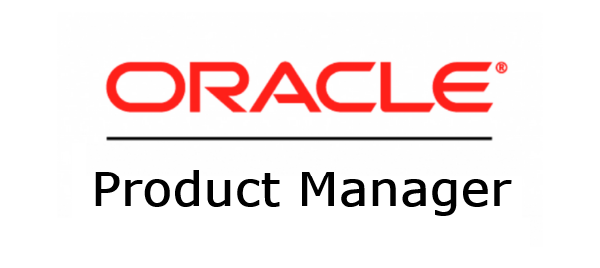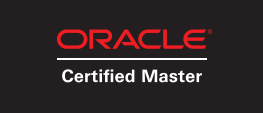Creating ASM disk groups is a easy task. You have several ways of doing it, like: asmca (Preferable) sqlplus asmcmd Enterprise Manager (Yes, don't forget him!) Practice all of them. Path to Documentation: Automatic Storage Management Administrator's Guide -> 4 Administering Oracle ASM Disk Groups Automatic Storage Management Administrator's Guide -> 11 Oracle ASM Configuration …
Category: OCM 11g Preparation
OCM 11g Preparation
Jul 26
OCM 11g Preparation - Creating ACFS File System
Oracle ACFS files systems are typically configured for clusterwide access. File systems, files, and directories are visible and accessible from all cluster members and can be referenced by users and applications using the same path names from any cluster member. This is a good way to also implement a unique Oracle Database Home shared in …
Jul 24
OCM 11g Preparation - Create and manage an ASM instance
An ASM instance is automatically created when you configure a fresh grid infrastructure. In this topic, what I understand is that you need to practice the following items: Alter the ASM parameters (like initially automounted DGs / power limit / diag / etc) Change the spfile place by using spset / spcopy inside "asmcmd" tool. Start …
Jul 21
OCM 11g Preparation - Install Oracle Grid Infrastructure
So, finally here we start the grid control! I won't teach you here how to install grid control as you can find 266k results in less than 0.5 seconds using Google. There are several ways of doing so and you must be prepared to perform all of them: runInstaller using GUI (preferable). runInstaller using CLI …
Jul 20
OCM 11g Preparation - Implement instance caging
I've never heard about this expression "instance caging" until I came across this topic. So, I made a quickly search in the official documentation and it was a single page to explain everything. Fast to learn. "Instance caging is a method that uses an initialization parameter to limit the number of CPUs that an instance can …







